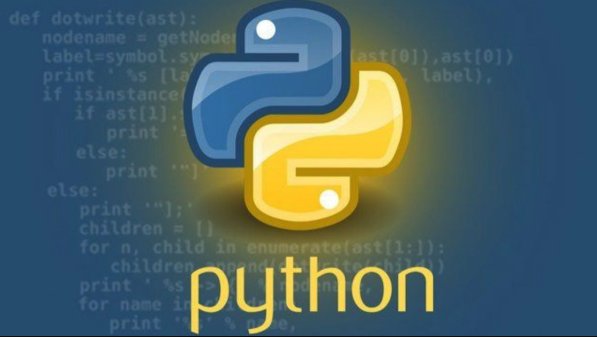GPU 模式讲座 1 的笔记
来源:dev.to
2024-12-09 18:58:02
0浏览
收藏
在IT行业这个发展更新速度很快的行业,只有不停止的学习,才不会被行业所淘汰。如果你是文章学习者,那么本文《GPU 模式讲座 1 的笔记》就很适合你!本篇内容主要包括##content_title##,希望对大家的知识积累有所帮助,助力实战开发!

分析器
计算机性能取决于时间和内存的权衡。由于计算设备比较昂贵,所以大多数时候,时间是首先要关心的。
为什么要使用分析器?
- cuda 是异步的,因此无法使用 python 时间模块
- 分析器更加强大
工具
共有三个分析器:
- autograd 分析器:数值
- pytorch 分析器:视觉
- nvidia nsight 计算
autograd 分析器利用 torch.cuda.event() 来测量性能。
pytorch profiler 利用 profiler 上下文管理器 torch.profiler 中的 profile() 方法来分析性能。
您可以将结果导出为 .json 文件并将其上传到 chrome://tracing/ 进行可视化。
演示
课程提供了一个简单的程序来展示如何使用autograd profiler来分析三种平方运算方法的性能:
- 通过 torch.square()
- 由 ** 操作员
- 由 * 操作员
def time_pytorch_function(func, input):
# cuda is async so can't use python time module
start = torch.cuda.event(enable_timing=true)
end = torch.cuda.event(enable_timing=true)
# warmup
for _ in range(5):
func(input)
start.record()
func(input)
end.record()
torch.cuda.synchronize()
return start.elapsed_time(end)
time_pytorch_function(torch.square, b)
time_pytorch_function(square_2, b)
time_pytorch_function(square_3, b)
下面的结果是在 nvidia t4 gpu 上完成的。
profiling torch.square: self cpu time total: 10.577ms self cuda time total: 3.266ms profiling a * a: self cpu time total: 5.417ms self cuda time total: 3.276ms profiling a ** 2: self cpu time total: 6.183ms self cuda time total: 3.274ms
事实证明:
- cuda 运算速度比 cpu 更快。
- * 运算符执行的是 aten::multiply 操作,而不是 aten::pow,并且前者更快。这可能是因为乘法比 pow 使用得更多,并且许多开发人员花时间对其进行优化。
- cuda 上的性能差异很小。考虑到 cpu 时间,torch.square 是最慢的操作
- aten::square 是对 aten::pow 的调用
- 所有三种方法都启动了一个名为native::vectorized_elementwise_kernel<4的cuda内核,位于...
在 pytorch 中集成 cuda 内核
有几种方法可以做到这一点:
- 使用torch.utils.cpp_extendsion中的load_inline
- 使用 numba,它是一个编译器,可将经过修饰的 python 函数编译为在 cpu 和 gpu 上运行的机器代码
- 使用 triton
我们可以使用torch.utils.cpp_extendsion中的load_inline通过load_inline(name,cpp_sources,cuda_sources,functions,with_cuda,build_directory)将cuda内核加载为pytorch扩展。
from torch.utils.cpp_extension import load_inline
square_matrix_extension = load_inline(
name='square_matrix_extension',
cpp_sources=cpp_source,
cuda_sources=cuda_source,
functions=['square_matrix'],
with_cuda=true,
extra_cuda_cflags=["-o2"],
build_directory='./load_inline_cuda',
# extra_cuda_cflags=['--expt-relaxed-constexpr']
)
a = torch.tensor([[1., 2., 3.], [4., 5., 6.]], device='cuda')
print(square_matrix_extension.square_matrix(a))
动手实践
对均值操作使用 autograd 分析器
使用 autograd profiler 时,请记住:
- 录制前预热gpu,使gpu进入稳定状态
- 平均多次运行以获得更可靠的结果
import torch
# method 1: use `torch.mean()`
def mean_all_by_torch(input_tensor):
return torch.mean(input_tensor)
# method 2: use `mean()` of the tensor
def mean_all_by_tensor(input_tensor):
return input_tensor.mean()
# method 3: use `torch.sum()` and `tensor.numel()`
def mean_all_by_combination(input_tensor):
return torch.sum(input_tensor) / input_tensor.numel()
def time_pytorch_function(func, input_tensor, warmup=5, runs=100):
# warmup
for _ in range(warmup):
func(input_tensor)
times = []
start = torch.cuda.event(enable_timing=true)
end = torch.cuda.event(enable_timing=true)
for _ in range(runs):
start.record()
func(input_tensor)
end.record()
torch.cuda.synchronize()
times.append(start.elapsed_time(end))
return sum(times) / len(times)
input_tensor = torch.randn(10000, 10000).cuda()
print("torch.mean() time:", time_pytorch_function(mean_all_by_torch, input_tensor))
print("tensor.mean() time:", time_pytorch_function(mean_all_by_tensor, input_tensor))
print("manual mean time:", time_pytorch_function(mean_all_by_combination, input_tensor))
with torch.profiler.profile() as prof:
mean_all_by_torch(input_tensor)
print(prof.key_averages().table(sort_by="cuda_time_total", row_limit=10))
with torch.profiler.profile() as prof:
mean_all_by_tensor(input_tensor)
print(prof.key_averages().table(sort_by="cuda_time_total", row_limit=10))
with torch.profiler.profile() as prof:
mean_all_by_combination(input_tensor)
print(prof.key_averages().table(sort_by="cuda_time_total", row_limit=10))
使用 pytorch 分析器进行均值操作
import torch
from torch.profiler import profile, profileractivity
with profile(activities=[profileractivity.cpu, profileractivity.cuda]) as prof:
for _ in range(10):
mean_tensor = torch.mean(torch.randn(10000, 10000).cuda())
prof.export_chrome_trace("mean_trace.json")
为 torch.mean() 实现 triton 代码
import triton
import triton.language as tl
import torch
@triton.jit
def mean_kernel(
x_ptr, # pointer to input tensor
output_ptr, # pointer to output tensor
n_elements, # total number of elements
BLOCK_SIZE: tl.constexpr, # number of elements per block
):
pid = tl.program_id(0)
block_start = pid * BLOCK_SIZE
block_end = tl.minimum(block_start + BLOCK_SIZE, n_elements)
acc = 0.0
for idx in range(block_start, block_end):
x = tl.load(x_ptr + idx)
acc += x
block_mean = acc / n_elements
# Store result
tl.store(output_ptr + pid, block_mean)
# Wrapper function
def triton_mean(x: torch.Tensor) -> torch.Tensor:
x = x.contiguous().view(-1)
n_elements = x.numel()
BLOCK_SIZE = 1024
grid = (triton.cdiv(n_elements, BLOCK_SIZE),)
output = torch.empty(grid[0], device=x.device, dtype=x.dtype)
mean_kernel[grid](
x_ptr=x,
output_ptr=output,
n_elements=n_elements,
BLOCK_SIZE=BLOCK_SIZE,
)
return output.sum()
# Example usage:
if __name__ == "__main__":
# Create test tensor
x = torch.randn(1000000, device='cuda')
# Compare results
torch_mean = torch.mean(x)
triton_mean_result = triton_mean(x)
print(f"PyTorch mean: {torch_mean}")
print(f"Triton mean: {triton_mean_result}")
print(f"Difference: {abs(torch_mean - triton_mean_result)}")
参考
- gpu 模式讲座 - github
- 活动 - pytorch
- pytorch 分析器
- nvidia nsight 计算
- torch.utils.cpp_extension.load_inline
- 海卫一
今天关于《GPU 模式讲座 1 的笔记》的内容介绍就到此结束,如果有什么疑问或者建议,可以在golang学习网公众号下多多回复交流;文中若有不正之处,也希望回复留言以告知!
版本声明
本文转载于:dev.to 如有侵犯,请联系study_golang@163.com删除
 练手速的电脑打字游戏?
练手速的电脑打字游戏?
- 上一篇
- 练手速的电脑打字游戏?

- 下一篇
- 如何轻松创建可扩展的、基于模块的应用程序
查看更多
最新文章
-

- 文章 · python教程 | 4小时前 |
- NumPy位异或归约操作全解析
- 259浏览 收藏
-
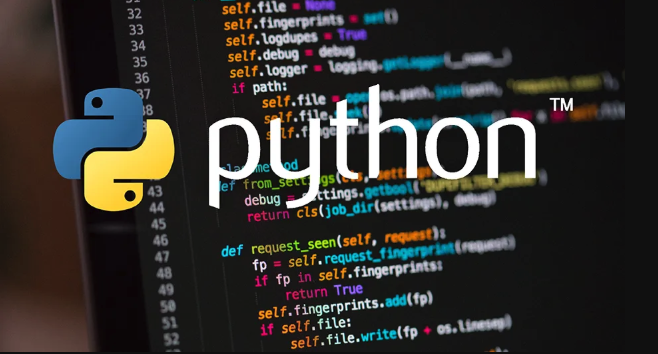
- 文章 · python教程 | 4小时前 |
- Python遍历读取所有文件技巧
- 327浏览 收藏
-
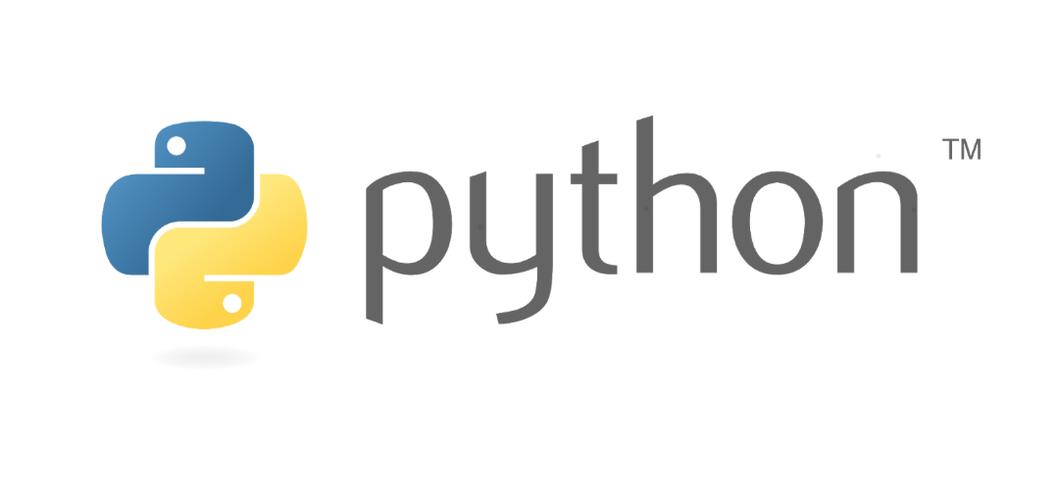
- 文章 · python教程 | 4小时前 |
- Python中index的作用及使用方法
- 358浏览 收藏
-
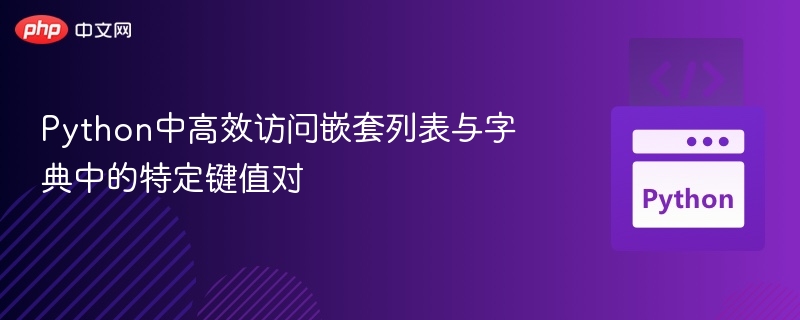
- 文章 · python教程 | 5小时前 |
- Python快速访问嵌套字典键值对
- 340浏览 收藏
-

- 文章 · python教程 | 6小时前 |
- Python中ch代表字符的用法解析
- 365浏览 收藏
-

- 文章 · python教程 | 6小时前 |
- NumPy1D近邻查找:向量化优化技巧
- 391浏览 收藏
-

- 文章 · python教程 | 6小时前 | 正则表达式 字符串操作 re模块 Python文本处理 文本清洗
- Python正则表达式实战教程详解
- 392浏览 收藏
-

- 文章 · python教程 | 6小时前 |
- BehaveFixture临时目录管理技巧
- 105浏览 收藏
-
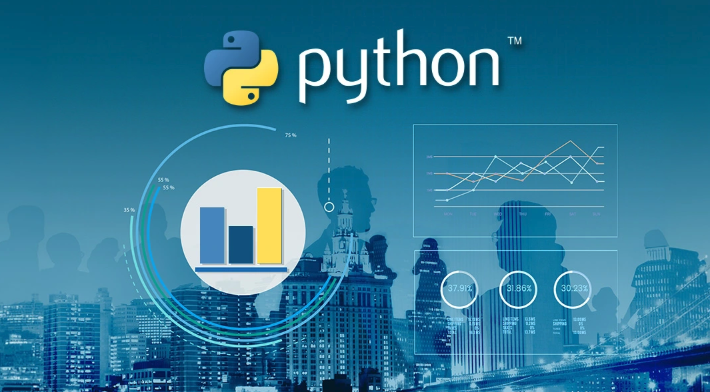
- 文章 · python教程 | 7小时前 | Python 余数 元组 divmod()函数 商
- divmod函数详解与使用技巧
- 442浏览 收藏
-

- 文章 · python教程 | 7小时前 |
- Python多进程共享字符串内存技巧
- 291浏览 收藏
查看更多
课程推荐
-

- 前端进阶之JavaScript设计模式
- 设计模式是开发人员在软件开发过程中面临一般问题时的解决方案,代表了最佳的实践。本课程的主打内容包括JS常见设计模式以及具体应用场景,打造一站式知识长龙服务,适合有JS基础的同学学习。
- 543次学习
-

- GO语言核心编程课程
- 本课程采用真实案例,全面具体可落地,从理论到实践,一步一步将GO核心编程技术、编程思想、底层实现融会贯通,使学习者贴近时代脉搏,做IT互联网时代的弄潮儿。
- 516次学习
-

- 简单聊聊mysql8与网络通信
- 如有问题加微信:Le-studyg;在课程中,我们将首先介绍MySQL8的新特性,包括性能优化、安全增强、新数据类型等,帮助学生快速熟悉MySQL8的最新功能。接着,我们将深入解析MySQL的网络通信机制,包括协议、连接管理、数据传输等,让
- 500次学习
-

- JavaScript正则表达式基础与实战
- 在任何一门编程语言中,正则表达式,都是一项重要的知识,它提供了高效的字符串匹配与捕获机制,可以极大的简化程序设计。
- 487次学习
-

- 从零制作响应式网站—Grid布局
- 本系列教程将展示从零制作一个假想的网络科技公司官网,分为导航,轮播,关于我们,成功案例,服务流程,团队介绍,数据部分,公司动态,底部信息等内容区块。网站整体采用CSSGrid布局,支持响应式,有流畅过渡和展现动画。
- 485次学习
查看更多
AI推荐
-

- ChatExcel酷表
- ChatExcel酷表是由北京大学团队打造的Excel聊天机器人,用自然语言操控表格,简化数据处理,告别繁琐操作,提升工作效率!适用于学生、上班族及政府人员。
- 3204次使用
-

- Any绘本
- 探索Any绘本(anypicturebook.com/zh),一款开源免费的AI绘本创作工具,基于Google Gemini与Flux AI模型,让您轻松创作个性化绘本。适用于家庭、教育、创作等多种场景,零门槛,高自由度,技术透明,本地可控。
- 3417次使用
-

- 可赞AI
- 可赞AI,AI驱动的办公可视化智能工具,助您轻松实现文本与可视化元素高效转化。无论是智能文档生成、多格式文本解析,还是一键生成专业图表、脑图、知识卡片,可赞AI都能让信息处理更清晰高效。覆盖数据汇报、会议纪要、内容营销等全场景,大幅提升办公效率,降低专业门槛,是您提升工作效率的得力助手。
- 3446次使用
-

- 星月写作
- 星月写作是国内首款聚焦中文网络小说创作的AI辅助工具,解决网文作者从构思到变现的全流程痛点。AI扫榜、专属模板、全链路适配,助力新人快速上手,资深作者效率倍增。
- 4555次使用
-

- MagicLight
- MagicLight.ai是全球首款叙事驱动型AI动画视频创作平台,专注于解决从故事想法到完整动画的全流程痛点。它通过自研AI模型,保障角色、风格、场景高度一致性,让零动画经验者也能高效产出专业级叙事内容。广泛适用于独立创作者、动画工作室、教育机构及企业营销,助您轻松实现创意落地与商业化。
- 3824次使用
查看更多
相关文章
-
- Flask框架安装技巧:让你的开发更高效
- 2024-01-03 501浏览
-
- Django框架中的并发处理技巧
- 2024-01-22 501浏览
-
- 提升Python包下载速度的方法——正确配置pip的国内源
- 2024-01-17 501浏览
-
- Python与C++:哪个编程语言更适合初学者?
- 2024-03-25 501浏览
-
- 品牌建设技巧
- 2024-04-06 501浏览

